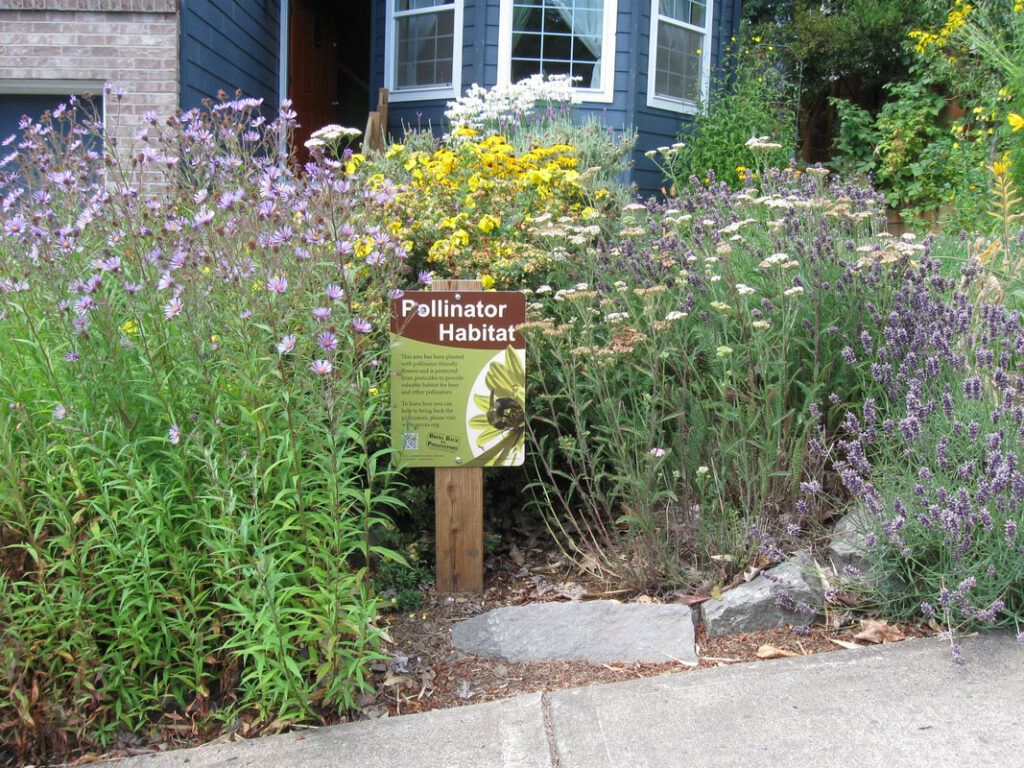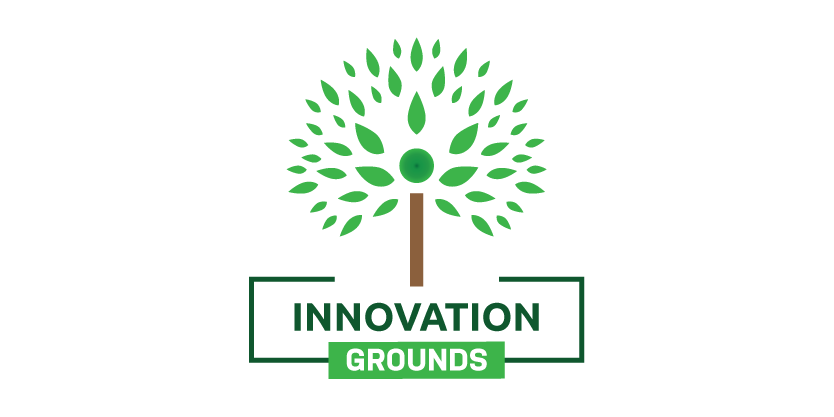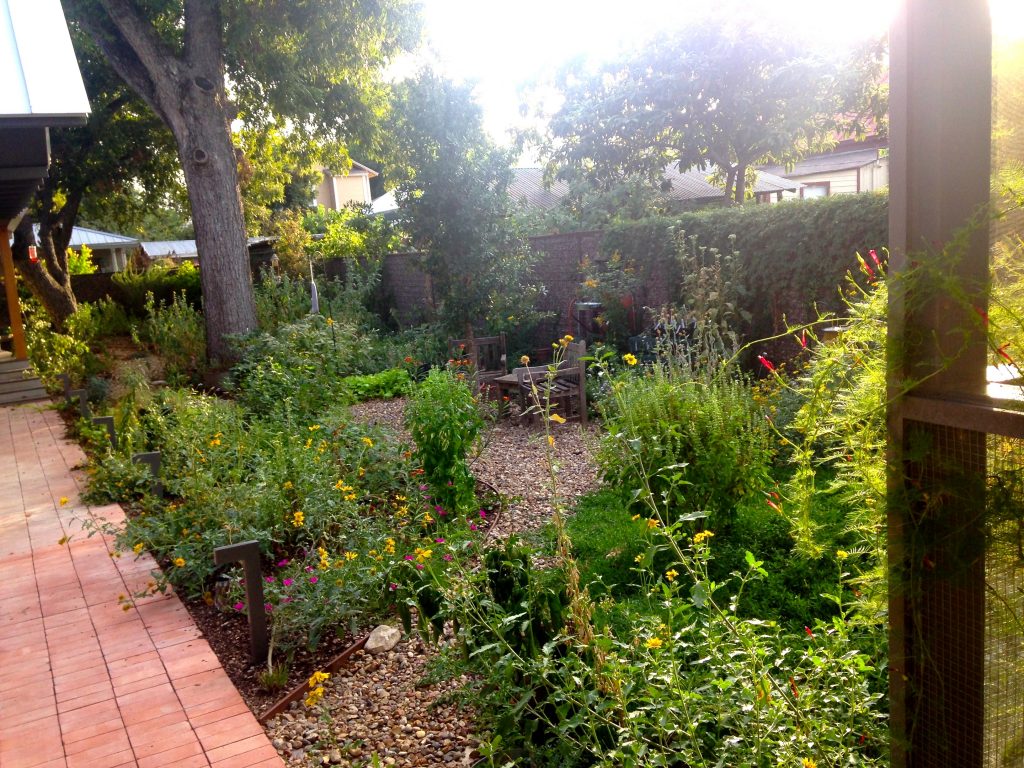If you’re a Texas homeowner looking to make a positive impact on the environment, creating a pollinator-friendly lawn is a wonderful way to support local wildlife and boost biodiversity. Pollinators, such as bees, butterflies, and hummingbirds, play a crucial role in maintaining healthy ecosystems and ensuring the growth of many plants, including food crops. By transforming your lawn into a pollinator haven, you not only help these vital creatures but also create a beautiful, low-maintenance landscape that thrives in Texas’s unique climate.
In this blog, we’ll guide you through the steps to creating a pollinator-friendly lawn in Texas, from selecting the right plants to adopting eco-friendly practices. Follow these expert tips and contribute to a more sustainable and thriving environment for both you and the pollinators.


Pollinators are essential for the reproduction of many plants, including a variety of fruits, vegetables, and wildflowers. In Texas, these creatures are especially important due to the state’s diverse ecosystem, which ranges from forests to prairies and deserts. Bees, butterflies, and other pollinators help fertilize plants by transferring pollen, allowing plants to produce seeds and fruit. Without them, many of the foods we rely on would become much less abundant.
One of the most effective ways to create a pollinator-friendly lawn in Texas is by incorporating native plants. Native plants are well-adapted to the local climate, soil, and weather conditions, making them more resilient and less resource-intensive than non-native species. They also provide essential nectar and pollen for local pollinators.
Some great native plants to consider for your Texas lawn include:
Purple Coneflower (Echinacea purpurea): Known for its vibrant purple blooms, this perennial attracts bees and butterflies.
Black-eyed Susan (Rudbeckia hirta): A hardy, low-maintenance plant that provides food for a variety of pollinators.
Texas Bluebonnet (Lupinus texensis): As the state flower, this beautiful plant draws in bees and butterflies.
Bee Balm (Monarda fistulosa): This fragrant perennial attracts a variety of pollinators, including hummingbirds and bees.
Lantana (Lantana camara): A heat-tolerant plant that provides nectar for butterflies and hummingbirds.
By including a diverse mix of flowering plants in your lawn, you’ll ensure that pollinators have access to food throughout the year, as different plants bloom at different times.
Pollinators need more than just flowers; they also require suitable habitats for nesting and resting. To support a wide range of pollinators, consider incorporating the following into your lawn:
Bee Habitats: Native bees often nest in the ground or in hollow stems of plants. Leave areas of bare soil for ground-nesting bees, or leave old plant stems and dead wood as potential nesting sites.
Butterfly Habitats: Butterflies often seek shelter in tall grasses, shrubs, and trees. Include plants like milkweed, which serve as both food and habitat for butterfly larvae.
Hummingbird Habitats: Hummingbirds need access to nectar-rich flowers and places to perch. Add trees or tall shrubs with flowers that attract hummingbirds, such as trumpet vine or coral honeysuckle.
By offering a mix of flowers, shrubs, and trees, you create a multi-layered habitat that attracts a diverse range of pollinators.
To maintain a healthy pollinator-friendly lawn, it’s essential to minimize or eliminate the use of pesticides and chemical fertilizers. These chemicals can be harmful to pollinators, causing them to become sick, disoriented, or even die. Instead, focus on natural and sustainable lawn care practices that promote the health of both your lawn and the pollinators that visit it.
Consider these alternatives to chemical pesticides:
Neem Oil: A natural insecticide that can be used to control pests without harming beneficial insects.
Diatomaceous Earth: A natural substance that can help control pests like ants and aphids without affecting pollinators.
Companion Planting: Use plants that naturally repel pests, such as marigolds or basil, to protect your other plants.
By reducing chemical usage, you help create a healthier environment for both your lawn and the pollinators.
Pollinators, especially bees and butterflies, need water to stay hydrated. Adding a small water feature, such as a shallow birdbath or a pond, can make a significant difference. Be sure to keep the water fresh and clean, and add stones or twigs for pollinators to land on safely.
A pollinator-friendly lawn requires ongoing care and maintenance, but with the right practices, it can be a low-maintenance and eco-friendly landscape. Here are some sustainable lawn care tips:
Mow Less Frequently: Allow your lawn to grow a bit taller to provide shelter for pollinators. Consider reducing the frequency of mowing to encourage more wildflowers to grow.
Use Organic Mulch: Mulch helps retain moisture in the soil, reduce weed growth, and provide a habitat for pollinators. Organic mulch is preferable to synthetic options, which can harm the environment.
Plant Clusters: Group plants in clusters to make it easier for pollinators to find them. This also creates a more natural look for your lawn.
Creating a pollinator-friendly lawn can have a positive ripple effect in your community. Educate your neighbors about the importance of pollinators and encourage them to adopt similar practices. Together, you can create a larger network of pollinator-friendly habitats that supports a thriving ecosystem across your neighborhood.
Conclusion
Creating a pollinator-friendly lawn in Texas is a rewarding way to contribute to local biodiversity and sustainability. By choosing native plants, providing habitats, avoiding chemicals, and following eco-friendly lawn care practices, you can create a welcoming environment for bees, butterflies, and other pollinators. Not only will you help protect these vital creatures, but you’ll also enjoy a beautiful, thriving lawn that benefits both the environment and your home.



